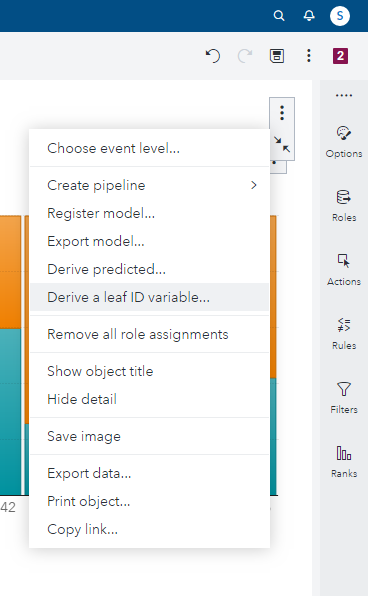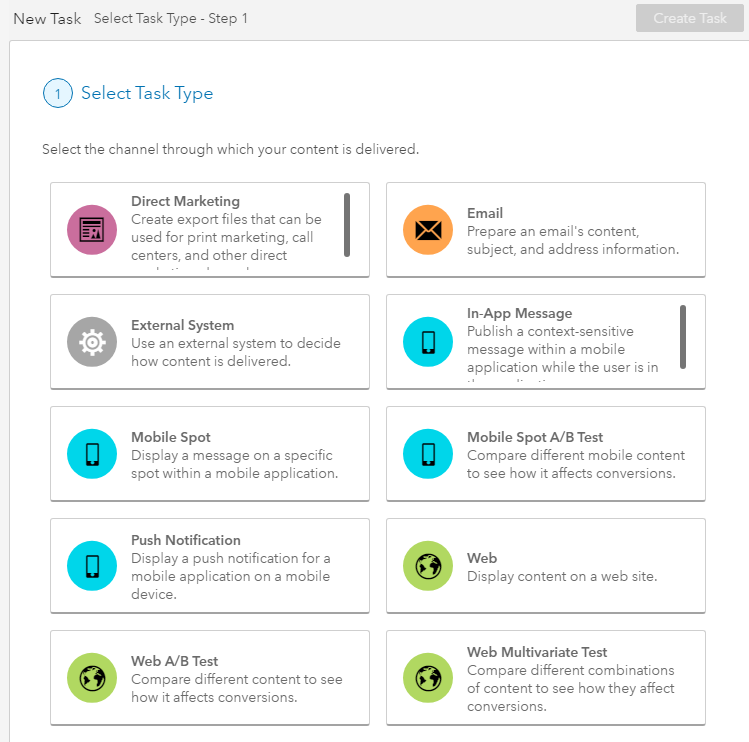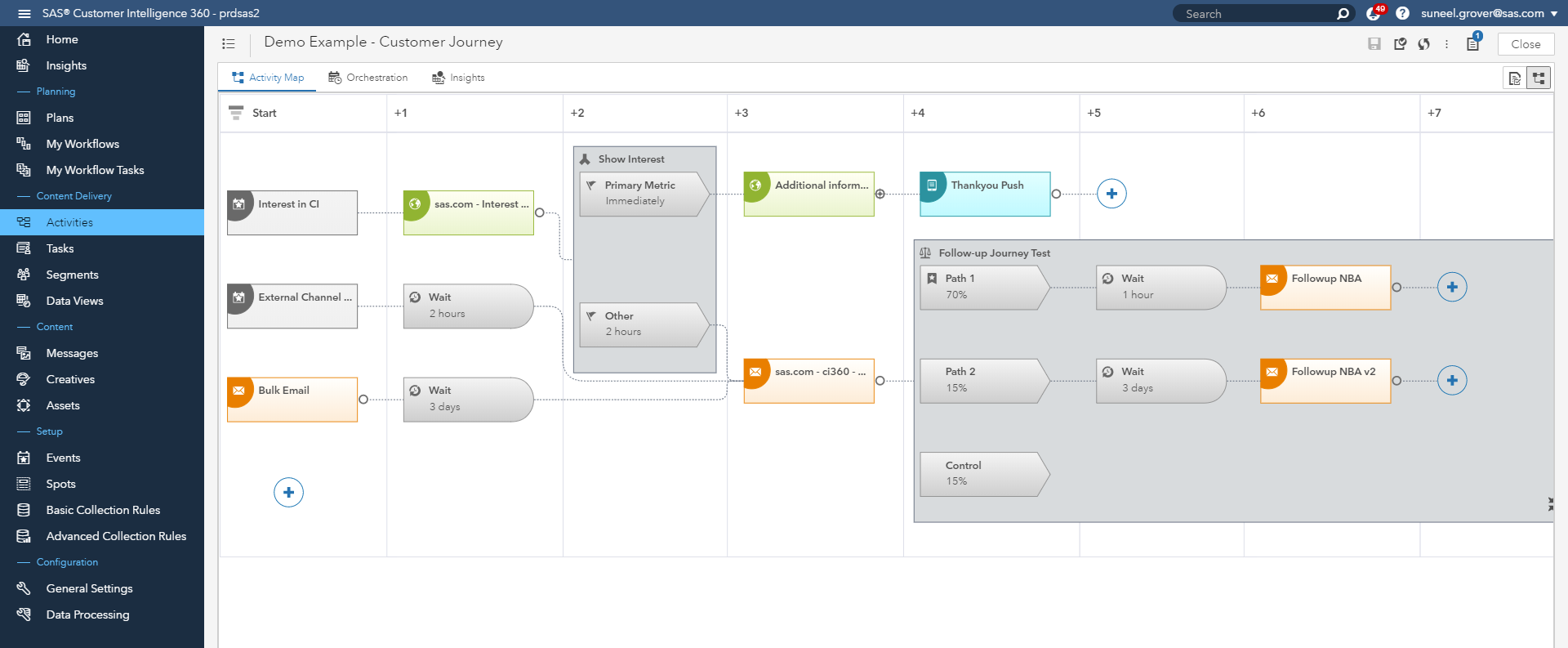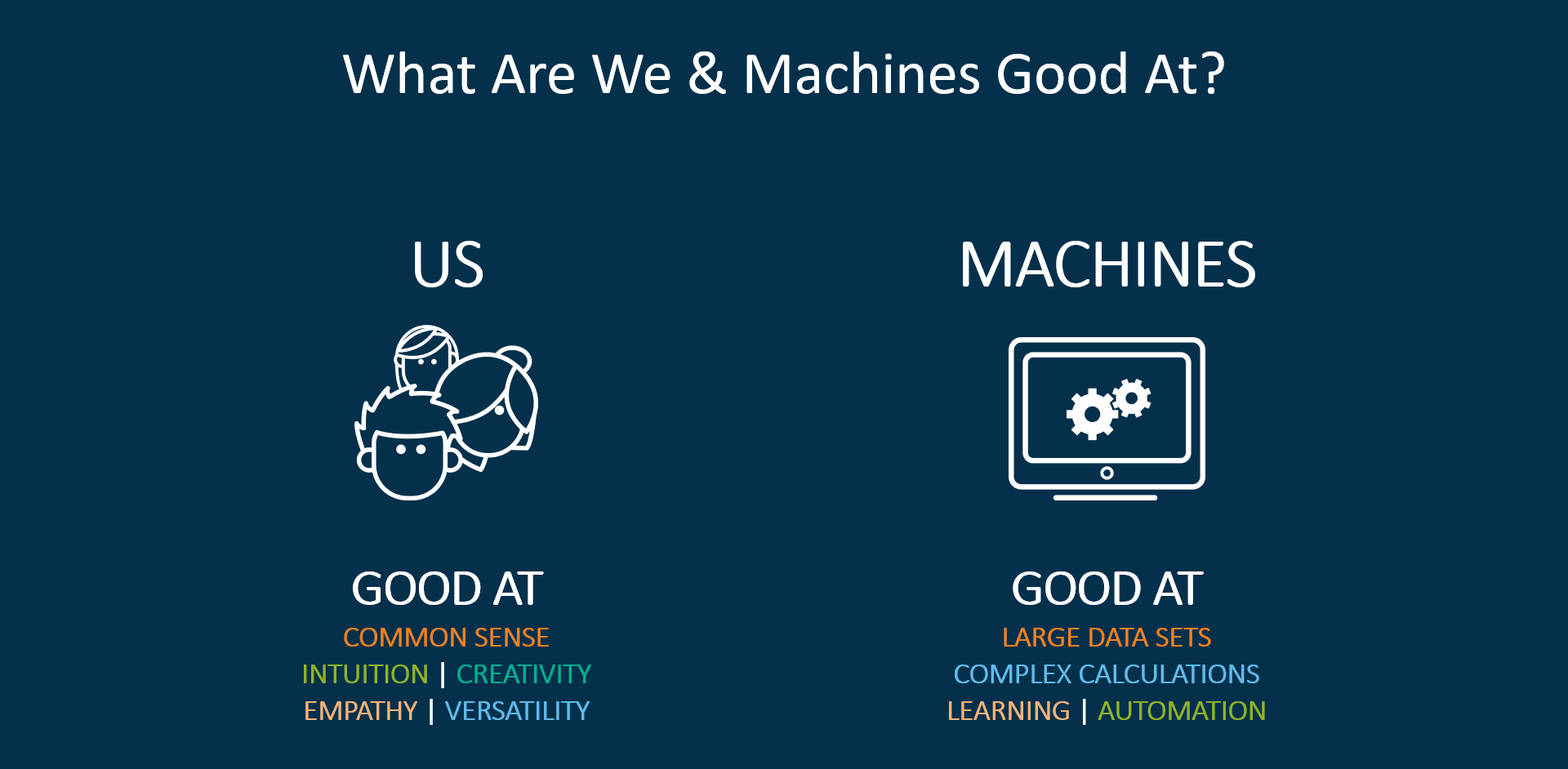In parts one and two of this blog series, we introduced the automation of AI (i.e., artificial intelligence) and natural language explanations applied to segmentation and marketing. Following this, we began marching down the path of practitioner-oriented examples, making the case for why we need it and where it applies.
In part three of this series, we will share perspectives on concluding this process, focusing on:
- Deploying on attractive segments within SAS Customer Intelligence 360.
- Providing transparency on how campaign management processes can easily absorb algorithmic-defined segments and take action.
- Bridging the worlds of analysts and marketing technologists.
How will we deploy on insight to take action?
Let’s assume we're feeling confident about the results of our segmentation analysis. Now is the time to share the prescription with marketing teams who manage content delivery across touch points. The audience segments from the analysis could be used for direct, email, web, mobile or other interaction types. Look-a-like targeting, remarketing, and testing are all attainable use cases.
To begin the hand-off, the analyst simply needs to score customer (or prospect) records with the model’s scoring logic.

Here is an example of what scored data would look like.

Rest assured, there are different approaches in making analytically scored data available within (and outside) of SAS beyond a table. What options do analysts have in helping their marketing teams?
- The ability to target segments in batch or real-time.
- Access to the segmentation scoring engine (SAS, Python or REST) for APIs through SAS analytic services.
In summary, the analyst can pass the algorithmic-defined segments for the marketer to take action on. Whether the strategy is to target audiences in one or multiple channels across journeys, SAS Customer Intelligence 360 supports content delivery for a variety of interaction types.

Within the platform, audiences can be defined using business rules, conditional logic, and algorithmic scoring. Let’s highlight a myriad of targeting rules through the eyes of a marketing technologist familiar with the automation of campaign management processes. The requirements for this targeting waterfall example are as follows:
- Customer status eligibility is ACTIVE.
- Email marketing permission flag is set to YES.
- Visited website in the last 30 DAYS.
- After these first three rules have been applied, the resulting marketable audience is available for the decision tree segmentation scoring.
- Create segment quartiles based on high, medium, and low propensity groupings, as well as a control group.

Once the segments are published, the marketing team has both the transparent understanding of the audiences due to the robust analysis, as well as the ability to test the effectiveness of the analytical recommendations within a singular touchpoint interaction, or customer journeys across multiple touchpoints.

Allow me to close with a peek into the design principles of SAS Customer Intelligence 360, where the technology is intended to resemble the anatomy of the human brain. There are two distinct hemispheres.

The left hemisphere is associated with analytical, logical and fact-oriented thinking. The right side is associated with creative, intuitive, and visual thinking. This translates to:
- The strength of the left side links tightly with authoring and deploying predictive and machine learning models.
- The right side facilitates the orchestration layer of marketing activity across planning, creative and operations.
Together the intent is to better understand and manage customer activity, regardless of channel, in alignment with a brand’s goals and objectives. At the end of the day, the analytical minded, and the creative minded, need to be in lock step with one another. This is how the whole-brain approach of SAS Customer Intelligence 360 works.
Within this viewpoint, AI has the power to transform the world around us and analytics is at the heart of delivering on this promise. SAS embeds advanced AI capabilities into the platform to support initiatives from start to finish. We have covered tremendous ground in this article, highlighting multiple examples of AI augmenting human abilities.

Turn insights into action by embedding AI within your marketing process to complete the last mile and transform hype into reality. To learn more about how the SAS platform can be applied to other marketing and customer-centric use cases, check out additional posts here.
